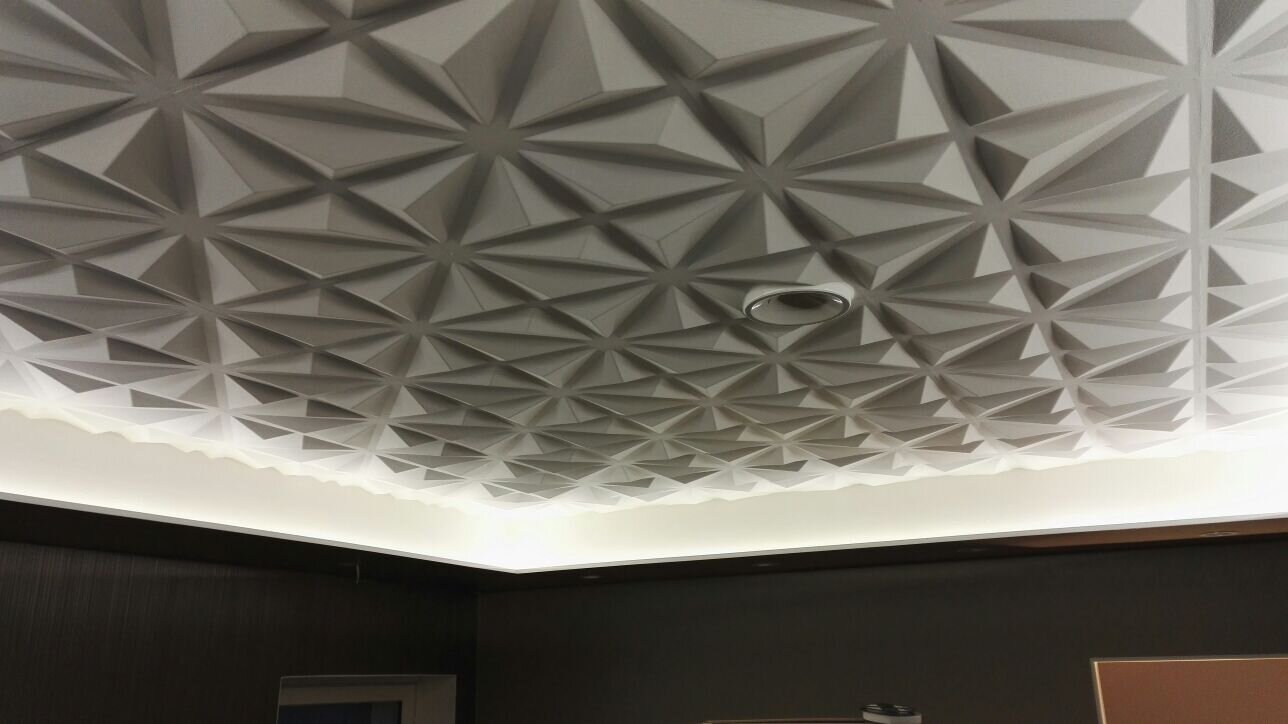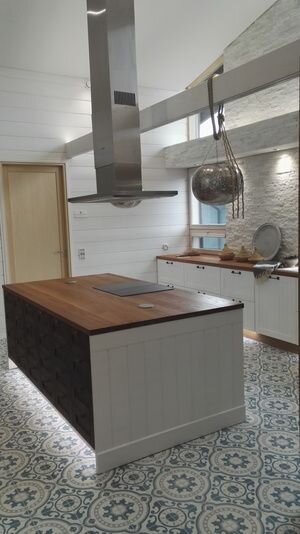FIVE TIPS FOR HOME LIGHTING
In this destination, the stunning ceiling in the bedroom is highlighted with an LED strip.
1. Implement adaptable light modes and different atmospheres in your home
So use dimmers, switches and motion sensors. Good general light is adapted to the situation and atmosphere. Take into account the number and positioning of the lamps, making the lighting easily adaptable.
2. Take lighting into account in space design
Do you want to highlight or fade something? For example, if you have a detail in the space that you want to highlight specifically? Take this into account when designing the lighting. Lighting can have a lot of influence on the style and feeling of the space.
3. Important light when working
Carefully illuminate and abundantly the spaces where you need a working light. For example, kitchen lighting is one of the most important spaces in the home in terms of lighting. Carefully illuminate the worktops.
Also on the stairs, safe lighting plays an important role.
4. In good light, the eyes do not strain
In lighting, avoid glare and shadows above all. Indirect lighting is the best way to create unscrupulous light in the space. The light can be controlled indirectly along wall surfaces or through the roof. Glossy surfaces, e.g. glass and stone, as well as light surfaces, reflect light abundantly. Matte surfaces and dark colours, on the other hand, absorb much more light.
Indirectly, the light entering the space does not dazzle.
5. Select the right light tone for the mode
The décor changes in different colors of light. Materials, structures and colours either shine or go out in the light tone you use. If Kelvi's number is 4000K then the shade of light is neutral, then the light will neither bluish nor yellowish. There is no direct answer to what is the right tone for your own home. This is influenced by one's own habits and preferences. Others like atmospheric yellowish light, while those in favour of 5,500K shades feel there's plenty of daylight in their home.




